#future of science
Text
Why I Believe AlphaFold 3 is a Powerful Tool for the Future of Healthcare
Insights on a groundbreaking artificial intelligence tool for health sciences research
Dear science and technology readers,
Thanks for subscribing to Health Science Research By Dr Mike Broadly, where I curate important public health content.
A few months ago, I wrote about AlphaFold 3, a groundbreaking AI tool that helps scientists understand protein structures, which are essential for…
#academic research#AI in healthcare#alphafold#AlphaFold 3#AlphaFold 3 represents a major leap in biological understanding#AlphaFold 3 to model proteins#AlphaFold Protein Structure Database#AlphaFold Server#Artificial Intelligence#Bioinformatics#biotechnology#Democratizing Science:#Drug discovery#future of artificial intelligence#future of science#future of technology#health#health science resarch#Health sciences research#Insights from Dr Michael Broadly#Isomorphic Labs#life lessons#Machine learning in medicine#Personalized medicine#Precision Predictions#protein resarch#Protein structure prediction#Real-World Applications#research#science
1 note
·
View note
Text
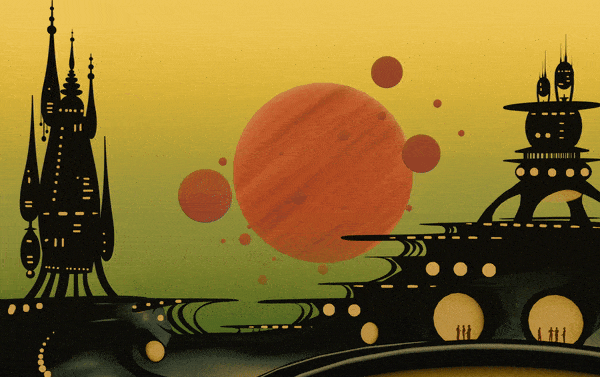
made in blender, based on a soviet era postcard. this is all rendered in eevee, with the windows and light details drawn with grease pencil. I animated the little people in the windows as well, but maybe I shouldn't have bothered.
#retro future#retro futurism#retro scifi#science fiction#scifiart#outer space#space#3d art#blender3d#blender#blender npr
10K notes
·
View notes
Text

What We Learned from Flying a Helicopter on Mars
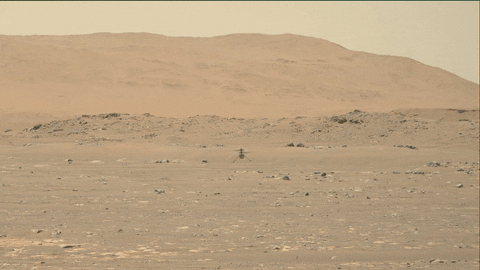
The Ingenuity Mars Helicopter made history – not only as the first aircraft to perform powered, controlled flight on another world – but also for exceeding expectations, pushing the limits, and setting the stage for future NASA aerial exploration of other worlds.
Built as a technology demonstration designed to perform up to five experimental test flights over 30 days, Ingenuity performed flight operations from the Martian surface for almost three years. The helicopter ended its mission on Jan. 25, 2024, after sustaining damage to its rotor blades during its 72nd flight.
So, what did we learn from this small but mighty helicopter?
We can fly rotorcraft in the thin atmosphere of other planets.
Ingenuity proved that powered, controlled flight is possible on other worlds when it took to the Martian skies for the first time on April 19, 2021.
Flying on planets like Mars is no easy feat: The Red Planet has a significantly lower gravity – one-third that of Earth’s – and an extremely thin atmosphere, with only 1% the pressure at the surface compared to our planet. This means there are relatively few air molecules with which Ingenuity’s two 4-foot-wide (1.2-meter-wide) rotor blades can interact to achieve flight.
Ingenuity performed several flights dedicated to understanding key aerodynamic effects and how they interact with the structure and control system of the helicopter, providing us with a treasure-trove of data on how aircraft fly in the Martian atmosphere.
Now, we can use this knowledge to directly improve performance and reduce risk on future planetary aerial vehicles.

Creative solutions and “ingenuity” kept the helicopter flying longer than expected.
Over an extended mission that lasted for almost 1,000 Martian days (more than 33 times longer than originally planned), Ingenuity was upgraded with the ability to autonomously choose landing sites in treacherous terrain, dealt with a dead sensor, dusted itself off after dust storms, operated from 48 different airfields, performed three emergency landings, and survived a frigid Martian winter.
Fun fact: To keep costs low, the helicopter contained many off-the-shelf-commercial parts from the smartphone industry - parts that had never been tested in deep space. Those parts also surpassed expectations, proving durable throughout Ingenuity’s extended mission, and can inform future budget-conscious hardware solutions.

There is value in adding an aerial dimension to interplanetary surface missions.
Ingenuity traveled to Mars on the belly of the Perseverance rover, which served as the communications relay for Ingenuity and, therefore, was its constant companion. The helicopter also proved itself a helpful scout to the rover.
After its initial five flights in 2021, Ingenuity transitioned to an “operations demonstration,” serving as Perseverance’s eyes in the sky as it scouted science targets, potential rover routes, and inaccessible features, while also capturing stereo images for digital elevation maps.
Airborne assets like Ingenuity unlock a new dimension of exploration on Mars that we did not yet have – providing more pixels per meter of resolution for imaging than an orbiter and exploring locations a rover cannot reach.

Tech demos can pay off big time.
Ingenuity was flown as a technology demonstration payload on the Mars 2020 mission, and was a high risk, high reward, low-cost endeavor that paid off big. The data collected by the helicopter will be analyzed for years to come and will benefit future Mars and other planetary missions.
Just as the Sojourner rover led to the MER-class (Spirit and Opportunity) rovers, and the MSL-class (Curiosity and Perseverance) rovers, the team believes Ingenuity’s success will lead to future fleets of aircraft at Mars.
In general, NASA’s Technology Demonstration Missions test and advance new technologies, and then transition those capabilities to NASA missions, industry, and other government agencies. Chosen technologies are thoroughly ground- and flight-tested in relevant operating environments — reducing risks to future flight missions, gaining operational heritage and continuing NASA’s long history as a technological leader.
youtube
You can fall in love with robots on another planet.
Following in the tracks of beloved Martian rovers, the Ingenuity Mars Helicopter built up a worldwide fanbase. The Ingenuity team and public awaited every single flight with anticipation, awe, humor, and hope.
Check out #ThanksIngenuity on social media to see what’s been said about the helicopter’s accomplishments.
youtube
Learn more about Ingenuity’s accomplishments here. And make sure to follow us on Tumblr for your regular dose of space!
5K notes
·
View notes
Text

#art#digital art#illustration#fyp#fypシ#fypツ#my art#artists on tumblr#cyborg#robot girl#robot#cyberwoman#cyberpunk#aethestic#sci fi#scifi#scifiart#dystopian#dystopic#internet#mechanical#robot oc#host#personal computer#computer girl#tech gadgets#retro futurism#computer#science fiction#zaraz7
2K notes
·
View notes
Text
Snowkyo 2024 //








Cold photos from Tokyo’s snow dump on Feb 5 2024
#japan#tokyo#neon#snow#weather#beautiful#night#scifi#anime#cyberpunk#future#dystopia#science fiction#street photography#vintage#outrun#futuristic
2K notes
·
View notes
Text
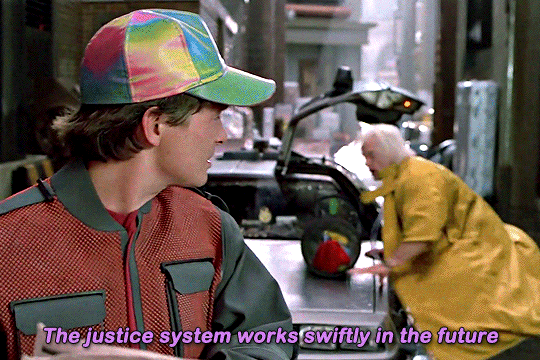


Back to the Future Part II (1989) dir. Robert Zemeckis
#filmedit#scifiedit#Back to the Future II#Back to the Future 2#adventure#comedy#sci fi#science fiction#1980s#gif#Anna#underbetelgeuse#usermichi#userteri#userlenny#usertennant#userdiana
1K notes
·
View notes
Text
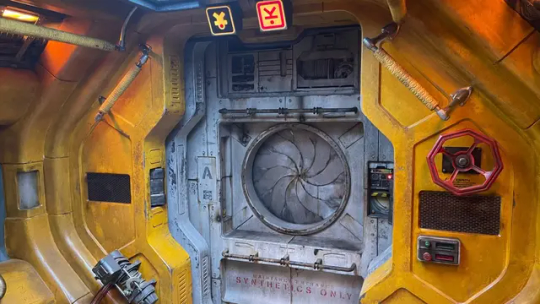

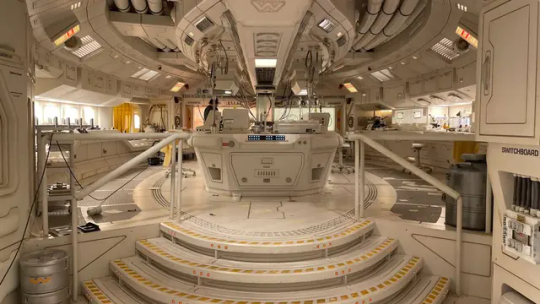
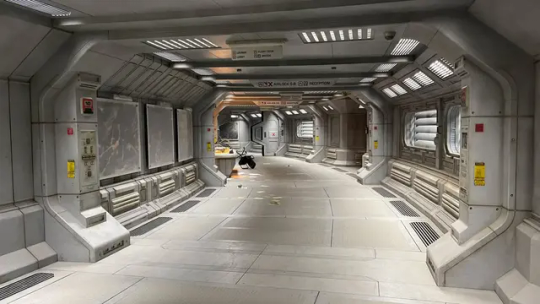
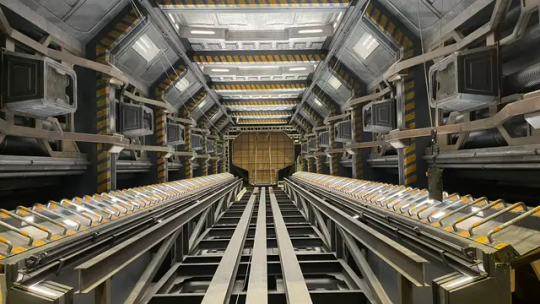
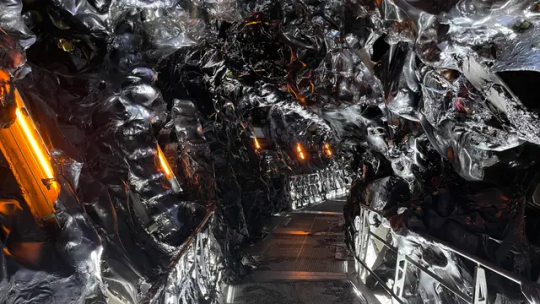
ALIEN: ROMULUS (2024) - Production Design by Naaman Marshall
#art#design#sets design#production design#science fiction#horror#alien romulus#Naaman Marshall#cassette futurism
805 notes
·
View notes
Text








BACK TO THE FUTURE
— (1985) | Robert Zemeckis
#back to the future#*#by bailey#1980s#science fiction#flashing gif tw#filmedit#filmgifs#junkfooddaily#userashe#usersavana#userbru#userlosthaven#usersole#userallisyn#usercb#userdavid#useradie#tuserhan#useraurore#userelio#cinemaspam#cinematicsource#cinematv#filmtvtoday#userfilm#80source#filmtvdaily#filmtvcentral
1K notes
·
View notes
Text



The Creator (2023)
#the creator#future noir#scifi movies#future war#scifi aesthetic#science fiction#futuristic#scifiedit#near future#dystopian#cyberpunk aesthetic#explosion#scifi#gifs#movie gifs#film gifs#flashing gif
570 notes
·
View notes
Text
Max Bedulenko
@BedulenkoMa
#art#digital art#scifi#cyberpunk#science fiction#aesthetic#scifiart#futuristic#sci fi#scifi art#scifi aesthetic#science fantasy#science fiction art#sciencefiction#cybercore#cybergoth#cyberpunk aesthetic#cyberpunk art#cyberpunk artist#cyberpunk aesthetic art#cyberart#megacity#megacity aesthetic#futuristic architecture#futurism#futuristic city#futurism art#futurism city#spaceship#space aesthetic
623 notes
·
View notes
Text

Visa84
#cyberpunk#pop art#technology#science fiction#scifi#dystopia#retro computing#retro future#retro futurism#1984#dysopian#scifi art#art#80s#post internet#postinternet#digital#animation#looping#gif
525 notes
·
View notes
Text










Variant covers from the 2019-2020 comic book series Blade Runner 2019, using designs and concept art ↬ by Syd Mead ↫ created for the original 1982 Blade Runner film.
#blade runner#1980s#art history#blade runner 2049#sci fi#tech#dystopia#cyberpunk#futurism#dark#comic books#syd mead#urban#fantasy#science fiction#ridley scott#80s#cinema#philip k dick#lit#📚
496 notes
·
View notes
Text
Future of Science – Science of Science
Future of Science – Science of Science
Sfetcu, Nicolae (2022). Future of Science – Science of Science, DOI: 10.13140/RG.2.2.25379.94241, in Telework:
Abstract
What will science look like in the near future? First, very closely coupled with, even dependent on, technology. Second, three factors will strongly influence the development of science and technology; globalization, global warming, and the escalation of conflicts at the level…

View On WordPress
0 notes
Text

can the science teacher still grant wishes or is that in a different timeline..?
#hananene is a million levels of doomed imagine the boy you fell in love with is a ghost who died in the 1960s and youre set to die soon too#i'm feeling for more tbhk art so expect it i guess#this arc is already so . :( so we're in the timeline where amane's future wasn't altered then? and managed to live to be an adult#:(#the scene last chapter where she meets science teacher amane made me feel sad ngl.#doodles#tbhk#toilet bound hanako kun#amane yugi#nene yashiro
500 notes
·
View notes
Text




Drawings with the gang from last night, or yesterday, or today >:3
@ark-fork @vikita-doodles @lueduar01 @sm-baby @skewedcanvas @hootbon @etanow @nobody-nexus @moumekie @ahtqueenuwu
#the amazing digital circus#tadc#digital wonderland#tadc au#tadc fanart#tadc caine#tadc bubble#tadc jax#tahc au#the amazing horror circus#tadc casino au#carnival au#tadc bleak future#tadc siblings ep#tadc game#tadc ova#tadc pomni#tadc Kirby#kirby#fanart#alice in wonderland#please check these amazing people out! they deserve the love and praise for their work#tadc science
648 notes
·
View notes
Photo
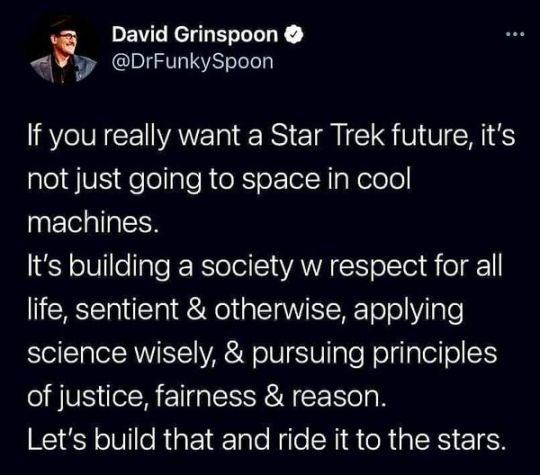
3K notes
·
View notes